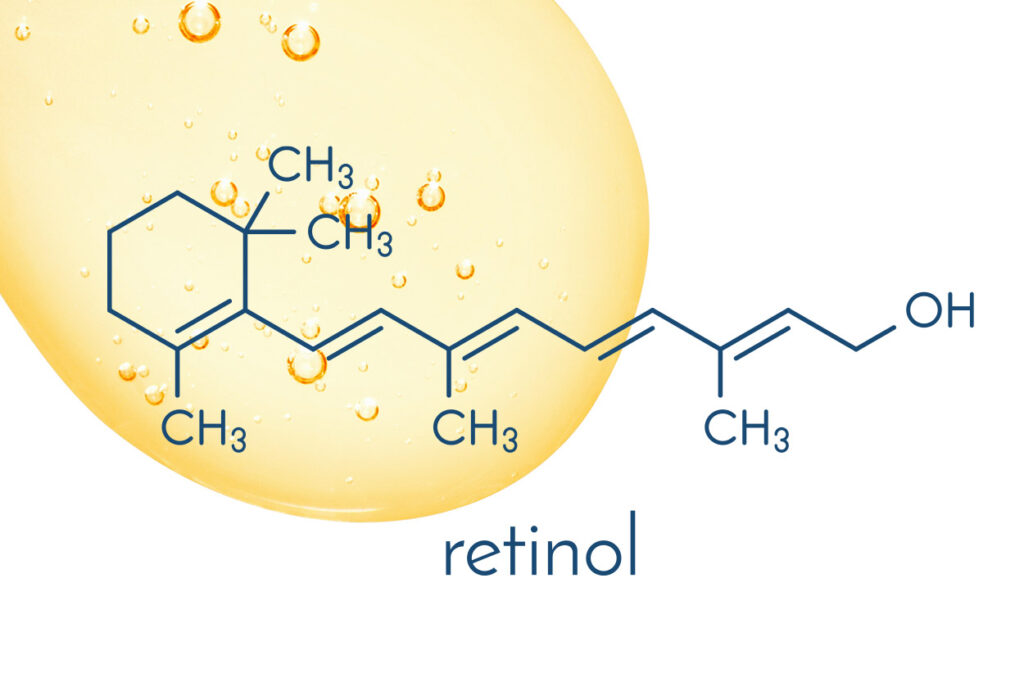

Breaking Down Retinization & What to Expect When You Start a Retinol Regimen
Retinol—or retinoids—are often deemed the holy grail of skincare.
Apply consistently and you’ll discover smooth, soft, clear, youthful skin free of wrinkles, fine lines, and breakouts. Retinol has been lauded for decades as the ultimate all-in-one tool for flawless, movie-star-esque skin that makes you look ten years younger and like you’re constantly hydrated, super well-rested, and have never seen a spot of sun damage in your life.
All of these good things can exist in a single product. So—what’s the catch?
If you’re thinking this vitamin A derivative seems too good to be true, you’re onto something—well, sort of.
See, retinol is actually a super-powerful, super-effective skincare product that delivers what it says it will.
But it does come at a price—at least, at first.
Yep, even the holy grail product gets a checkmark in the con column. The biggest drawback of using retinol is the phase you experience when you first begin using retinol—retinization.
Retinization is something everyone who uses retinol—more specifically and more commonly, prescription-grade retinoids—goes through when they first begin using their product. While some may experience very mild symptoms, others might go through something unflatteringly known as the “retinol uglies.”
Keep reading to learn more about this process, how you can avoid it, and what to do if you experience it.
First things first, let’s talk about what retinization is in the first place.
Retinization describes the period of time when your skin is adjusting to using retinoids and retinols.
Remember, retinoids are strong derivatives of vitamin A that work to promote cell turnover, prevent breakdowns of collagen, and keep your skin firm and healthy.
Because your skin cell turnover is being expedited, bacteria, toxins, and blockages are being brought to the top layer of your skin and are sloughed off at a faster rate.
The problem? That bottom layer of skin underneath is sensitive—and it’s being revealed to the world as is.
This means you’ll likely deal with burning, peeling, redness, and irritation.
This is totally normal, but some people experience rougher transitions than others. If you’re using prescription-rated retinol like tretinoin, this stage is often called the tretinoin purge and can be accompanied by new acne cropping up.
The retinization phase can last anywhere from a few days to a few weeks. While you might not see the overwhelming results you want from your retinoids until a few months in, the more severe symptoms should subside after a few weeks’ time.
The retinization phase has a common caveat attached to it: things are going to get worse before they get better.
It’s important to point out that the “retinol uglies” phase isn’t bad. Actually, it can mean that retinol is working exactly the way it’s supposed to (and that’s good in the long run).
And to be honest, not everyone is going to experience the retinol uglies phase. In fact, some people’s retinization phase is pretty mild. This all depends on your skin type, the dose of retinoid you’re using, and the frequency with which you use it.
Here are a few things to anticipate with a more intense retinol uglies phase:
As a disclaimer, we’ll say that it’s not always possible to avoid this phase of retinization. But there are some things you can do to try to prevent it.
It’s important to realize that despite these efforts, you might get a bad bout of retinization. And that’s OK.
The good news is that you’ll likely see results anywhere from 4 weeks to 6 months out.
The bad won’t last forever, and in its place, you’ll see beautiful, refreshed skin.
Whether you’re seeking advice about retinization, a partner to create your own skincare line, or a superstar lineup of retinol products for your esthetician business, Spa De Soleil is here to help.
With decades of experience under our belt, our team is here to help. Reach out to us with questions, keep up with our regularly updated blog for helpful resources, and browse some of our services—we’re here to help you with whatever you might need!
IN-HOUSE, EZ-RUN & SAMPLES SHOPS TERMS AND CONDITIONS AGREEMENT
By placing this order with Spa de Soleil, Inc. (“Developer”), you (“Client”) agree to the following terms and conditions of sale. Please review carefully and confirm your agreement with your signature below.
This agreement constitutes the entire understanding between Client and Developer with respect to the subject matter and supersedes all prior agreements between the parties and any representations or promises made by third parties, whether oral or written. This agreement may be amended or modified only by an instrument in writing, signed by an authorized representative of both parties.
For questions regarding your order or for any notices to be sent pursuant to this Agreement, email Developer at info@spadesoleil.com.